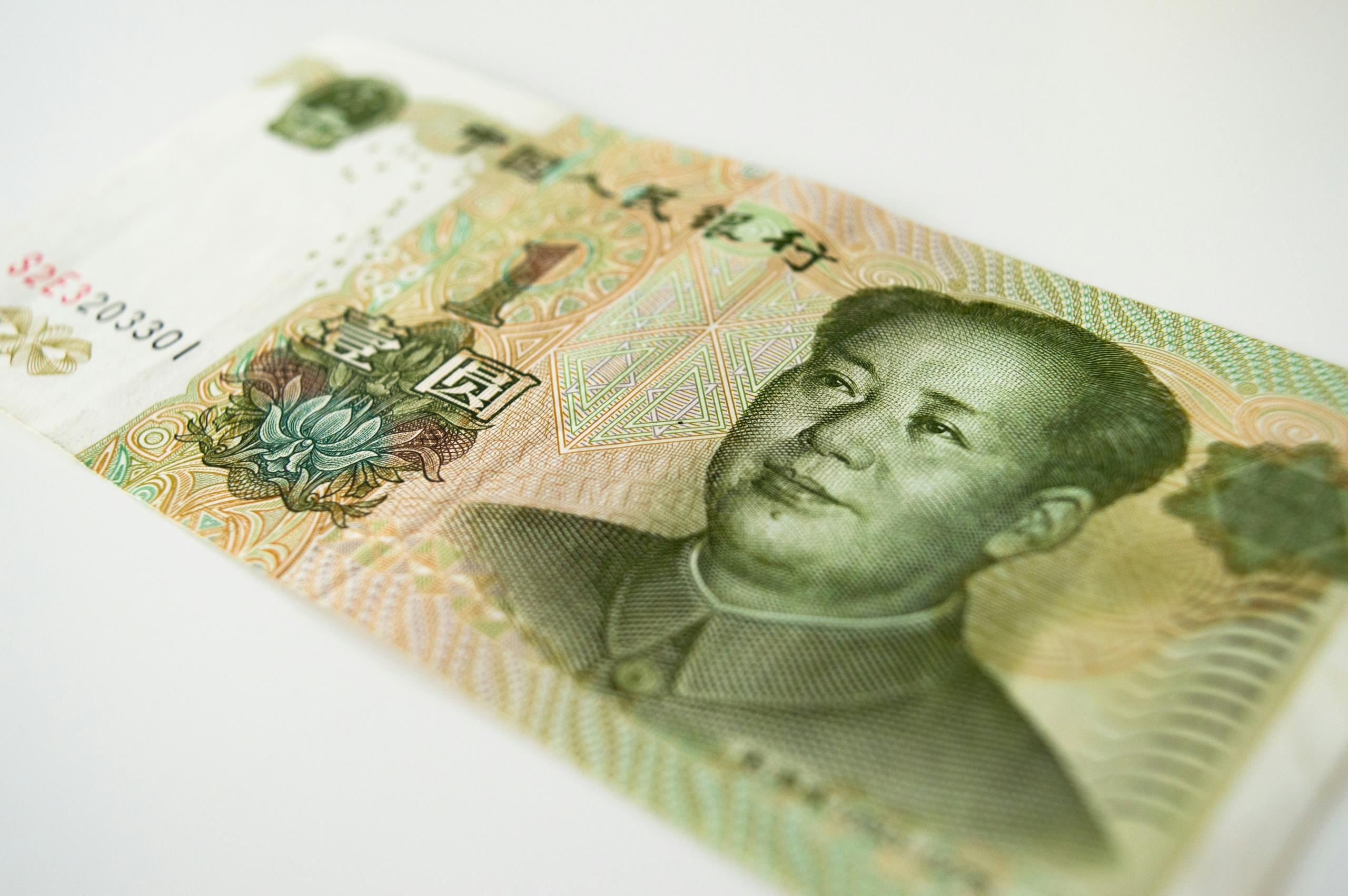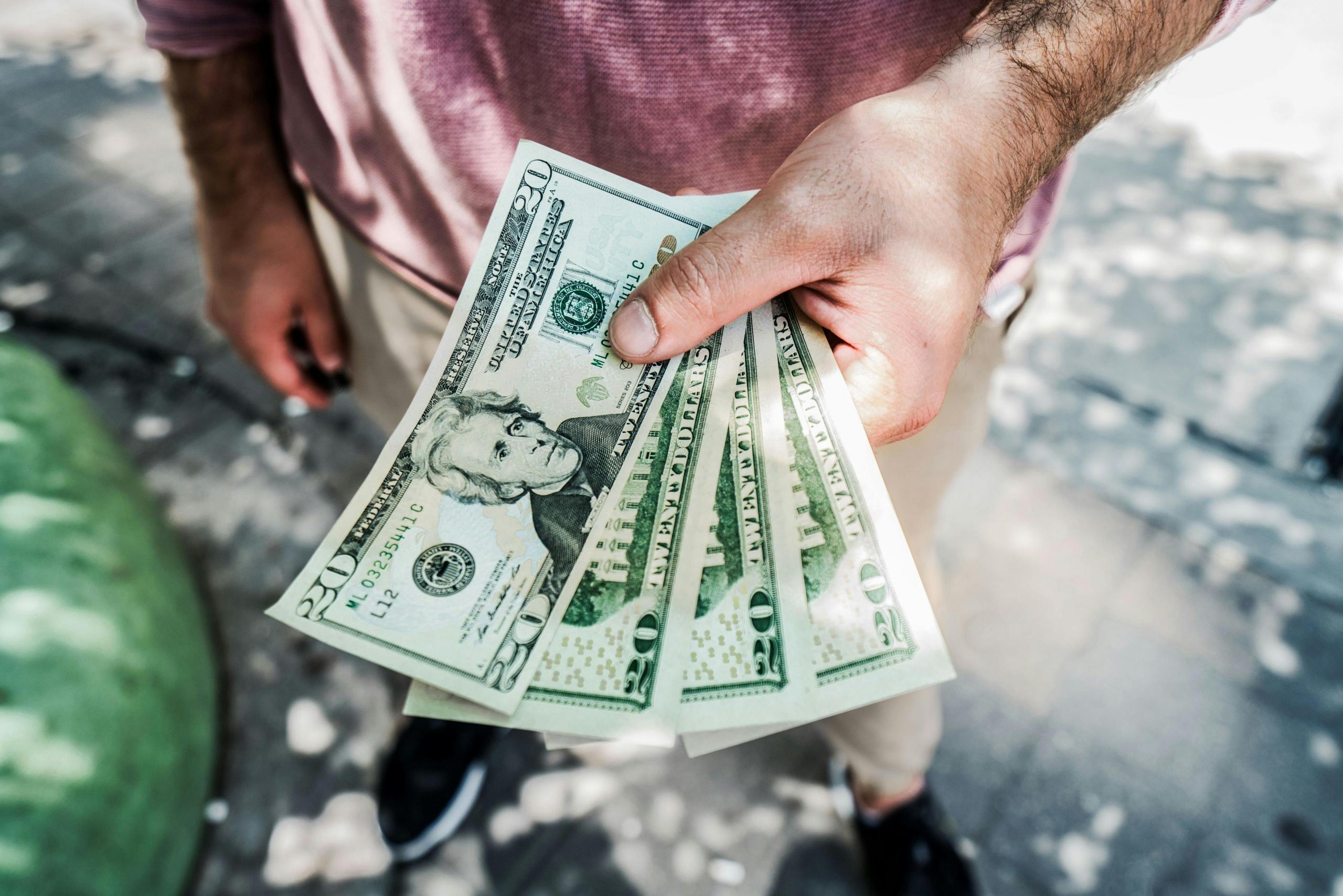Have you heard of the petrodollar dusk petroyuan dawn phenomenon?
What We'll Cover
To help you grasp the implications of this development for our physical well-being and financial stability, we will explore concepts like:
- What a new era of petrodollar power will look like.
- The petrodollars vs petroyuan debate.
- The question: will petroyuan end dollar dominance?
- The petroyuan dusk petroyuan dawn conversation.
If not, like most of us, perhaps you lead your daily life without much consideration for the intricate frameworks that underpin the global economy. Even if we are not oblivious to current events and their potential impact on us, concepts like the petroyuan vs petrodollars are not necessarily part of everyday conversation in the same way that the cost of fuel, food and electricity are.
There is nothing inherently wrong with this focus on our immediate circumstances; it's a natural aspect of human nature. However, in this article, we will delve into the significant transformation occurring in the global economy. For a considerable time, a single currency, the US dollar, has reigned supreme in global trade, particularly in the oil markets. Now, these dominant petrodollars, as they are commonly known, are facing competition.
Even if you do not directly rely on petrol for your vehicle or engage in oil market investments, these changes will have repercussions that affect everyone. It is essential for everyone to understand the history of how one currency came to dominate global trade and why another currency is now vying for its position. Therefore, let's embark on an exploration of the oil markets and uncover their historical trajectory to contemplate the petroyuan vs petrodollars future.

What is the Petrodollar?
To comprehend the profound impact of the petrodollar on the global economy, we must first grasp what it entails. Contrary to popular belief, the petrodollar is not a distinct currency based on the US dollar; rather, it represents actual US dollars earmarked for use in the oil trade.
The roots of this phenomenon trace back nearly eight decades when global powers collectively chose the US dollar as the world's de facto currency. Consequently, countries worldwide began stockpiling reserves of US dollars for international trade, particularly for the purchase of oil.
The foundation of this monetary arrangement can be traced to a pivotal moment towards the end of World War II. In the picturesque setting of New Hampshire in the United States, delegates from 44 nations convened at the Bretton Woods Conference. Over 21 days, 730 delegates engaged in intense negotiations aimed at establishing economic systems that would forestall the conditions that had twice culminated in global warfare.
The outcome of this historic gathering included the creation of two influential institutions: the World Bank and the International Monetary Fund (IMF). In addition, it solidified the status of the US dollar as the world's primary reserve currency.
It is worth noting that not every delegate at Bretton Woods may have been entirely content with this choice; there were hints of dissent.
Subsequently, in 1967, just 23 years after the conference, European central banks embarked on a gold-buying spree. The rationale behind this move is intertwined with the connection between gold and the US dollar.
During the Bretton Woods negotiations, US delegates had assured the other nations present that their currency would be backed by gold. However, it did not take long for allied nations to recognise the potential disparity between the gold value they held and the US dollars in their possession. To safeguard their economies, they began accumulating gold reserves just to be safe. This foresight paid off as in 1971, American President Richard Nixon announced the termination of the US dollar's link to gold.
During this period, the United States faced several significant challenges, including the Vietnam War and rampant domestic inflation. Furthermore, the US's support for Israeli forces during conflicts like the Suez Crisis strained relations with the Saudis, who perceived this as a threat. This diplomatic tussle led the Organisation of Petroleum-Exporting Countries (OPEC) to halt oil sales to the United States.
In response, the US vowed never to be susceptible to such vulnerabilities again. American leaders explored various avenues to secure their oil supply, even considering military action to seize Middle Eastern oil fields. Ultimately, strategic diplomacy emerged as the preferred approach. Increased arms sales to Saudi Arabia reinforced their commitment to exclusively accept US dollars for their oil.

Despite this, OPEC's intention to punish the US, meant that production cuts during the mid-1970s and early 1980s had reverberating consequences, affecting oil-dependent nations worldwide, from China to the UK.
This weaponisation of oil sent shockwaves through the international monetary system. Nevertheless, at that time, no economy possessed the strength to proffer a credible alternative to the dominance of the US dollar.
How Petrodollars Dominated Global Markets
The abandonment of the gold standard was a necessary step, however, the United States did not manage this system with complete fairness, and there were no mechanisms in place to ensure the equitable distribution of economic power.
Consequently, the US dollar retained its disproportionate influence, particularly within the World Bank and IMF.
Following this event, dubbed the "Nixon Shock," nations gained the liberty to peg their currencies to any other country's currency of their choosing. However, since most countries held US dollars in their reserves, this currency remained the prevailing standard for international trade. Additionally, Saudi Arabia's stipulation that it would exclusively accept US dollars for its oil further solidified the US dollar's position.
Nevertheless, the larger truth persisted that, until relatively recently, there had been no other nation boasting robust enough economic power to ignite meaningful change. However, a significant shift occurred when the United States imposed sanctions on Russia and threatened economic repercussions for anyone engaging in the purchase of Russian oil.
Now, let's divert briefly from this narrative.
Over the past few years, China has been steadily accumulating gold, reminiscent of the actions taken by European powers in 1967. Initially, this development didn't garner significant attention, as it was perceived as a logical move for an economically potent nation like China. However, events took a remarkable turn when President Xi Jinping successfully brokered a historic peace agreement between Saudi Arabia and Iran, two of the world's foremost oil-producing nations.

This landmark peace treaty not only assured China's oil security for the foreseeable future but also featured an important change to the status quo: Saudi Arabia's willingness to accept payment in Yuan, the Chinese currency, now underpinned by a substantial gold reserve.
In a critical global market, the Yuan has now eclipsed the US dollar in importance. This development raises the question: will petroyuan end dollar dominance?
It is how the petrodollar dusk petroyuan dawn debate began.
So, is it petrouyan vs petrodollars now?
Will There Be a New Era of Petrodollar Power?
The question is, will petroyuan end dollar dominance, or will there be a new era of petrodollar power?
The recent Saudi agreement represents just one step in a potential global shift away from reliance on the US dollar as a reserve currency. This move comes in the wake of Russia's declaration that it will exclusively accept rubles for its oil. India and several other nations have already been engaging in oil transactions with Russia under these terms for over a year. Moreover, in April 2023, Brazil and China entered into a bilateral trade agreement to conduct their trade using their respective currencies.
For many observers, these trade agreements, particularly Saudi Arabia's shift away from the US dollar, beg the question: will petroyuan end dollar dominance? Other factors, driven by US actions, have also contributed to the diminishing role of the dollar. Efforts to undermine Russia's economy, exclusion of France from the Aukus deal, and instability within US financial institutions have all played a part in changing the global financial landscape.
However, it's important to recognise in the petrodollars vs petroyuan debate that, at present, the world still relies on both the US dollar and petrodollars. The Chinese Yuan, while a formidable contender, does not circulate on the same scale as the dollar. Furthermore, only a few nations possess substantial reserves of yuan. This raises the question of whether the petrodollar dusk petroyuan dawn concept will be more of a coexistence than the end of the petrodollar.
Beyond the Petrodollar System
China, through its mediation between Saudi Arabia and Iran, as well as its Belt and Road Initiative (BRI), known for its success in propelling African development, drew Saudi Arabia's keen interest.
China's ambitions extend beyond mere currency replacement in financial transactions.
They aim to export their innovations worldwide, actively exploring ways to integrate cutting-edge technologies into global trade, transcending the energy sector and encompassing all aspects of commerce.
Furthermore, Blockchain technology and digital currencies also hold promise for decentralising global trade, which will diminish the power of any single nation or currency to unilaterally dictate trade terms.
Despite rising climate change concerns and calls for renewable energy, oil remains pivotal in the global economy, and while more nations engage in non-US dollar bilateral trade, the dollar retains its reserve currency status.
Rather than a straightforward petroyuan vs petrodollars swap, experts envision a global economy characterised by bilateral trade agreements grounded in commodity valuations, not currency reserves. Besides that, China's vision of blockchain-driven trade with a digital currency could provide access to trade markets for all nations.















